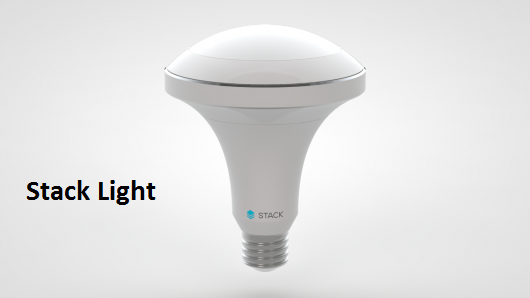New Tech : App takes guess buying wine
New Tech
For most of us, the wine is still a big mystery.
Pick from a wine store is a daunting task that usually comes down to two choices: red or white and what price are you willing to pay. Then you just choose the wine with the prettiest label.
A new application called next drink is to make it easier to buy wine - and more scientific.
Next glass works like this: The first time you download the application, you are invited to a wine that you like. Then, in a wine shop, scan the label of a bottle of wine. You instantly get a score of 100. The higher the score, the more you will enjoy this wine.
And if wine is not your thing, do not worry: the next beer glass is also eligible.
For a personalized score, next purchased material chemical composition of different high-strength beer and wine glass are analyzed. Commissioning tests about 200 bottles each day, the analysis of a total of about 15,000 bottles of wine and beer bottles 8000 to date.
Related: Steve Wozniak says the iPhone 6 is three years late
Feeding the chemical data on a computer, said next drink more than 4 billion calculations to determine a score for each of its users. Glass said that following its personalized results are 96% accuracy.
In tests, the application works fine, accurately predict which wines and beers that I would and would not.
Next glass also comes with some interesting features, including a kind of social network that lets you connect with friends who have also downloaded the following application of glass. If you are all set in a restaurant, the application will be able to help you choose a wine that everyone at the table will enjoy.
When scanning a wine or beer, the application will also recommend similar items that you might like. And next to glass not even tell you how many are in a glass of wine or beer calories scan.
Related: You might not need a mobile phone operator in 2020
However, glass has following drawbacks.
The price is nowhere to be found in the application, so if you're looking for a bargain, you will always look in the liquor store. The recommendation engine is a nice feature, but you just have the name of the wine or beer suggested - not a photo - so good luck to find in the store. The button "discover" allows you to search for wine and beer, but the list is not organized so that you can enjoy. No way to find the wine that best suits your tastes.
Next Glass is clearly still in version 1.0.
Vivino, such an application, including the means for wine prices, you know that wines are available in your area prompts and provides descriptions of different varieties. The application also has a great advantage in the next glass and has about 1 million wines in your database.
But Vivino is based on preferences like people to recommend wine, and does not include beer. Next Glass believes that the scientific method provide a much more accurate reading preferences.








.jpg)
.jpg)
























